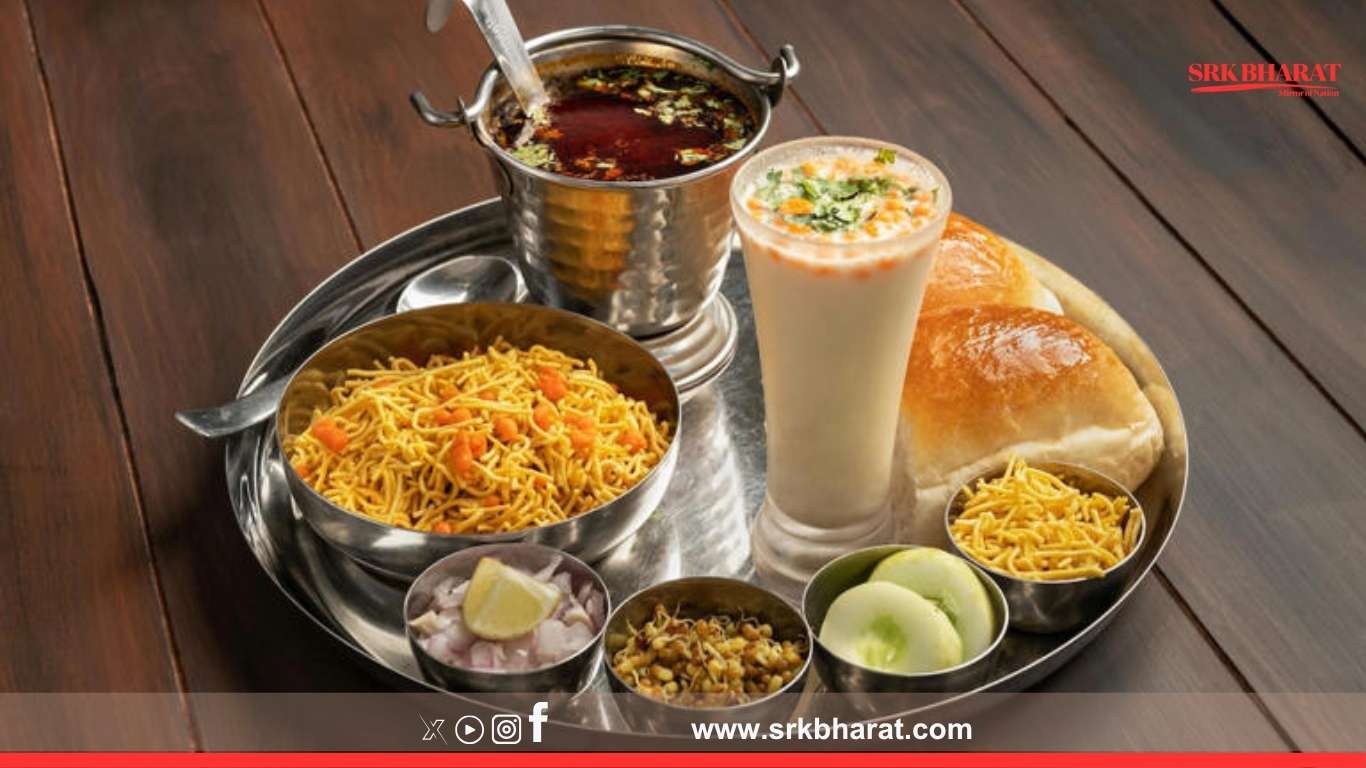The debate over whether rice or roti is the better choice for weight loss continues, with nutrition experts offering insights into their nutritional profiles and impact on metabolism.
Nutritional Comparison
Both rice and roti serve as staple carbohydrates in Indian diets, but they differ in caloric content, fiber levels, and glycemic index.
- Rice: A 100-gram serving of white rice contains approximately 356 kcal, 78.2g carbohydrates, and 7.9g protein. However, it has a high glycemic index (GI) of 70-80, meaning it can cause rapid spikes in blood sugar levels.
- Roti: A 100-gram serving of whole wheat roti contains 320 kcal, 64.17g carbohydrates, and 10.5g protein. It has a medium GI of 55-60, making it a better option for sustained energy release.
Weight Loss Benefits
Experts suggest that roti may be more beneficial for weight loss due to its higher fiber content, which promotes satiety and digestion. Whole wheat roti contains 11.3g of fiber per 100g, compared to 2.8g in white rice, making it more effective in controlling hunger.
Additionally, roti’s higher protein content aids in muscle maintenance, while its lower glycemic index helps regulate blood sugar levels, reducing cravings.
Portion Control Matters
While roti offers better nutritional density, portion control remains key. Experts recommend limiting rice intake and opting for whole-grain rotis to maximize weight loss benefits.
Ultimately, the choice between rice and roti depends on individual dietary needs, but experts lean toward roti as the more weight-loss-friendly option.
Stay tuned for more health and nutrition updates.











